National Audubon Society Birds of North America: A Guide Review
10,000 Birds
JUNE 1, 2021
And now we have the third iteration in Audubon’s guide book history: National Audubon Society Birds of North America. The National Audubon Society Birds of North America covers all species seen in mainland United States, Canada and Baja California. But this is not the purpose of a guide about North American birds.

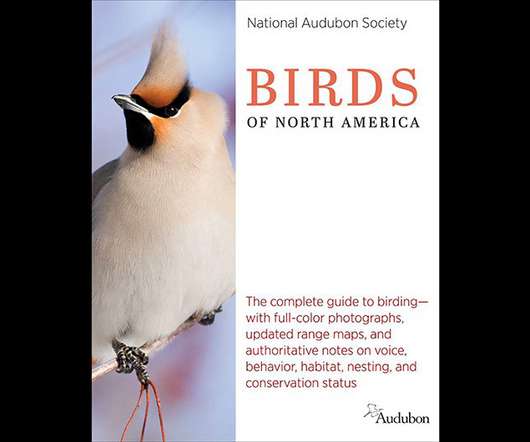
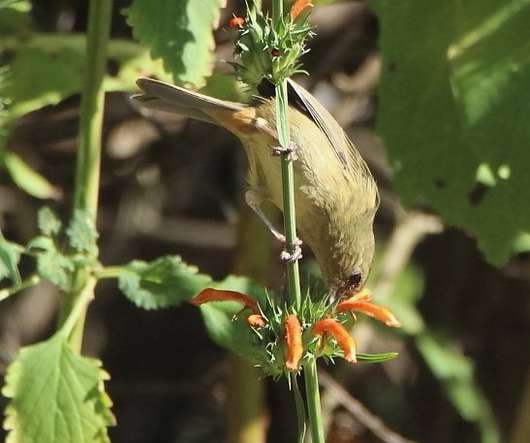
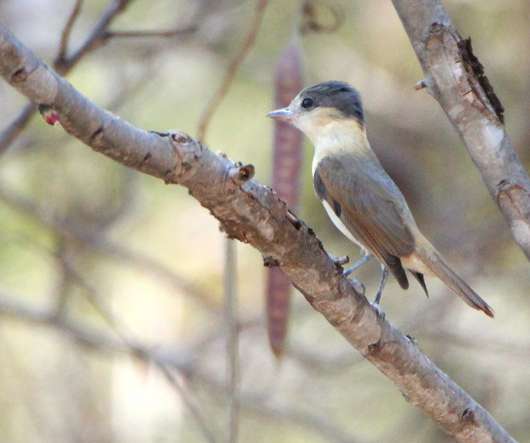
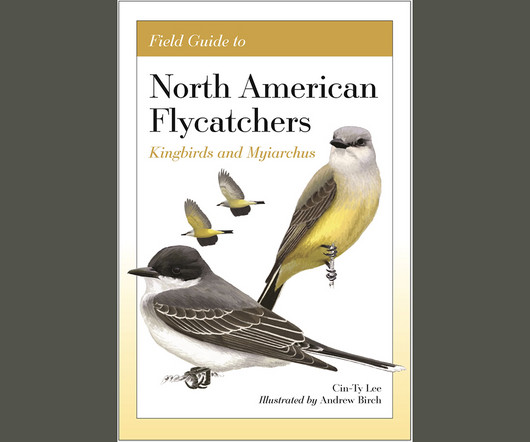


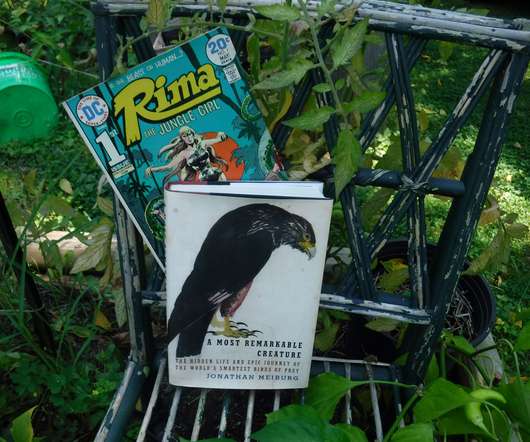






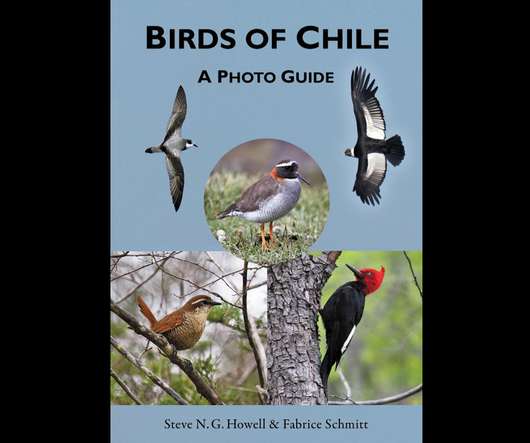



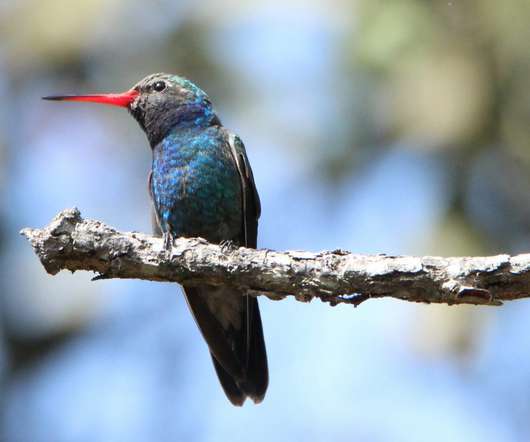



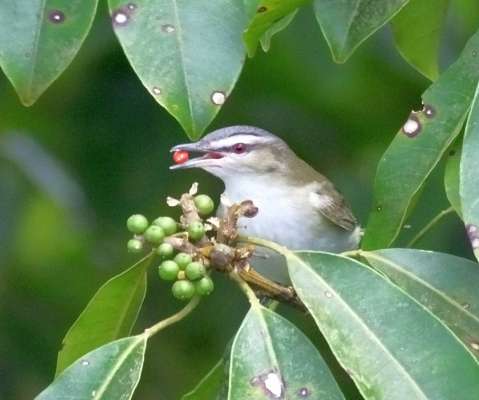





















Let's personalize your content